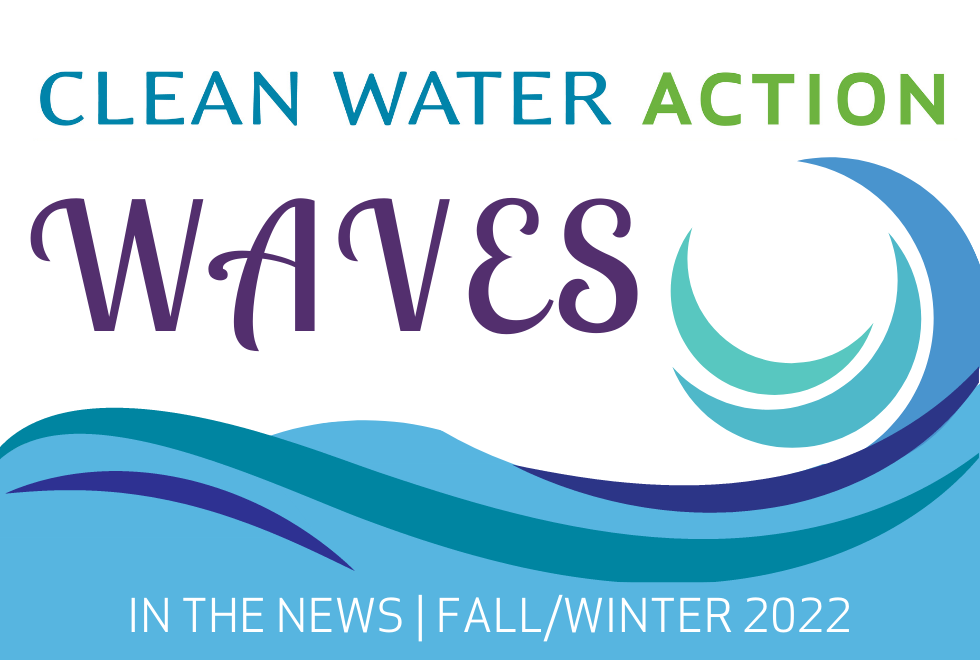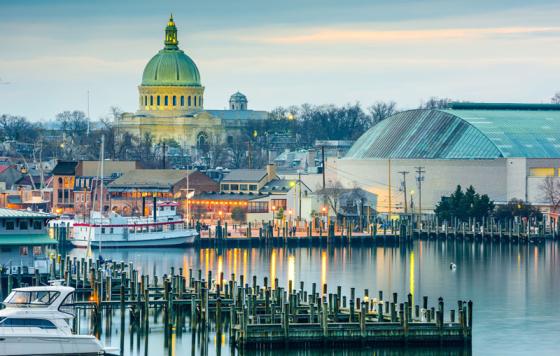
Our work to protect clean water across the country often makes the news. Clean Water Waves highlights recent articles featuring our staff speaking on their areas of activism and expertise.
Pennsylvania
America's Blueprint for Urban Inequality was Drawn in Philly. Where Do We Go From Here?
Layla A Jones, Dan Saint, Yannick Lowery | The Philadelphia Inquirer | December 6th 2022
Racial disparity in water access persists. In Flint, Mich., a municipal water system poisoned residents. In Jackson, Miss., storm flooding crashed the city’s neglected water treatment facility, leaving residents without water for more than a month. Philadelphia’s water inequity is exacerbated by flooding and aging housing in lower-income communities, said Maurice Sampson, eastern Pennsylvania director for the nonprofit Clean Water Action.
When it rains hard, sewage pollutes local rivers because of the city’s antiquated treatment system. Because most Philadelphia neighborhoods have more pavement than green space, storm-water runoff also floods homes. Especially in under-served communities, flooding leads to wet basements, black mold, and respiratory illness. “I haven’t found a single household without asthma, without black mold issues,” Sampson said.
The solution, according to Sampson, is greener infrastructure for all with storm-water infrastructure prioritized in low-lying and historically disinvested neighborhoods like Haddington, Kingsessing, and Tioga.
Neighbors would see more gardens crop up adjacent to city sidewalks, where grasses and trees would absorb storm-water runoff and slow its flow into rivers.
A spokesperson for the city Water Department said Philadelphia is making progress toward that vision through the department’s “Green City, Clean Waters” plan. The federally mandated intervention “was designed with equity at its core,” a spokesperson said.
Sampson meets regularly with the department and commended its work. Still, he said, more work needs to be done.
“If you look at this issue from 3,000 feet, what you’re essentially saying is that living in a green, healthy area is a privilege,” Sampson said. He dreams of the day when it’s a universal right.
Maryland, National
Maryland Gets $144 Million in Federal Funds to Rehabilitate Aging Water Infrastructure
Aman Azhar | Inside Climate News | September 23rd 2022
The $144 million in infrastructure funding will be allocated through Maryland’s Clean Water and Drinking Water State Revolving Funds, which are loan programs between the federal government and the states that provide grants and low-interest loans to local governments for community infrastructure projects, such as improving wastewater treatment facilities.
“The interest provided by these loans help fund the program in subsequent years—creating a ‘revolving’ fund which allows each state’s program to grow independently,” said Sean Jackson, national water campaigns coordinator for Clean Water Action, an environmental nonprofit. While the EPA provides guidance and some rules that each state must follow, the states have a great deal of leeway in how they administer and allocate their SRF funds, he added.
New Jersey
BASF to restore polluted Superfund site in New Jersey
Wayne Parry | Associated Press | December 5th 2022
“A more tragic story of the poisoning of a community would be hard to find,” said Janet Tauro, chairperson of Clean Water Action NJ, who lives not far from the site. “The damage done can never be wholly undone. Nothing will bring back the children who died or alleviate the pain endured by those stricken with cancer, their families and the community. But we must do better.”
California
Is California doing enough to address ‘the climate change of chemicals’?
By Jessica Wolfrom | San Francisco Examiner | December 2, 2022
Every time it rains, Andria Ventura’s thoughts drift toward San Francisco Bay.
A longtime water policy expert, she knows all too well that the much-needed rainwater replenishing the Bay Area’s parched soils and reservoirs is also flushing a collision of chemicals and pollutants into storm drains and, ultimately, out to the bay.
“To know how polluted that bay is — it’s so sad because it’s such a jewel in our community,” she said.
But Ventura is especially concerned about one class of chemicals in particular: PFAS, or per- and polyfluoroalkyl substances. Often referred to as “forever chemicals” because their carbon-fluorine bonds make them nearly indestructible, PFAS are excellent at repelling water and oils. Now, these man-made compounds are everywhere.
Since the 1940s, PFAS have been used in everything from non-stick pans and fast-food packaging to clothing, beauty products and even dental floss. But their ubiquity means they’ve also found their way into our air, soils, food, waterways — and even our bloodstreams, posing health and environmental concerns not yet fully understood.
“PFAS are the climate change of chemical problems,” said Ventura. “Like climate change, they’re here; they’re not going away. We’re going to have to adapt our technologies and address these chemicals in a way that we haven’t done in the past. And also — we have to stop it from getting worse.”
Michigan, Minnesota
A win for environmental groups in state attorney general races
Jake Christie, Abigail Comar | Great Lakes Echo | November 17, 2022
Attorney generals play an important role in litigation over environmental policy and regulations, climate and enforcement of state environmental laws.
In Michigan, for example, incumbent Dana Nessel has filed lawsuits against Enbridge Energy to shut down the Line 5 pipeline which carries oil under the Straits of Mackinac. Her office has also sued companies responsible for alleged PFAs contamination.
Many of the winning candidates were endorsed by environmental advocacy groups.
For example, Nessel and Keith Ellison in Minnesota were both endorsed by Clean Water Action.


